Who deals with music and instruments over years, recognizes in a concert quickly, which instrument takes over leading roles and contributes to which part of the melody. Directly after sunrise in spring the bird concert sounds so versatile that it rings more like a great, happy chaos for untrained ears. It seems difficult to distinguish different single birdcalls.
Indeed, it is much easier to memorize how bird species look like than how they sing. Like in music, it takes a lot of practice with each single voice to learn identifying them. Even then the early morning spring concert will stay a challenge because of its variety. The film „The Big Year“ about extreme birdwatchers, who compete one year in USA about seeing most bird species, shows the character Brad as expert for bird voices. During work he listens to birdcalls and his colleague, who listens to it and hopes for a new pop hit, seems indignant. He just says: „Rock on!“ In the competition it is a benefit that Brad first recognizes the birds by hearing them to find and watch them. When it comes to bird species that are very much alike – like the Common Chiffchaff and the Willow Warbler, it is useful for distinguishing them to know their voices.

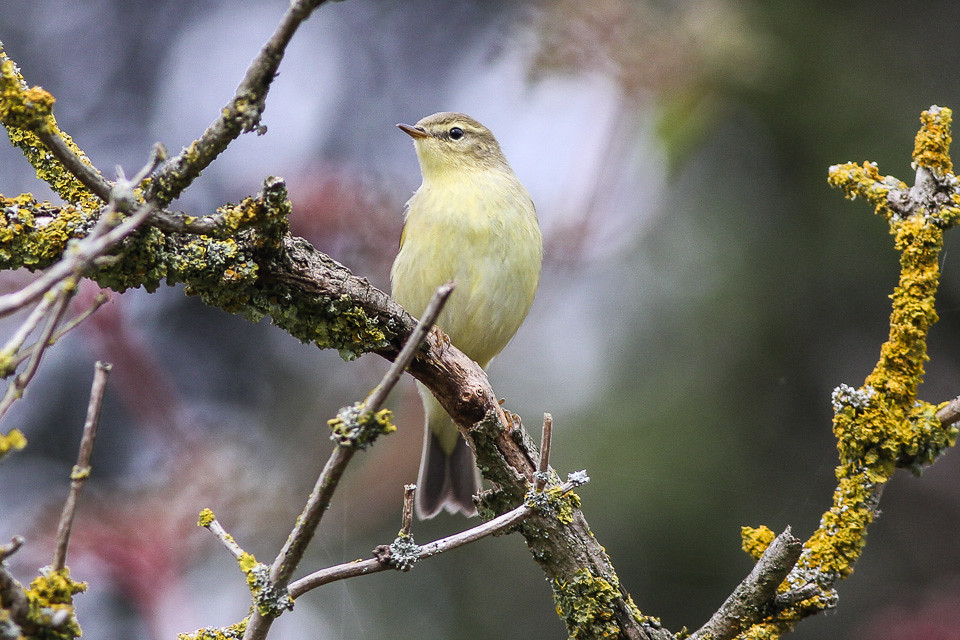
How to best start?
How does someone start, who does not recognize the geographical dialect of a bird like the Blackcap in Europe, which sings with an extra ending in the South of Germany, or the Mountain Chickadee in USA, which sounds different in mountain peaks? There is no other way than listening and learning each birdcall individually.
Today, there are plenty of apps out there – like the Merlin Bird ID from Cornell University or of national nature conservation organizations for each region. There are even apps that identify bird voices directly. But it is not so easy to learn with them and the challenge is that birds can hardly be heard without other noises and birds, so the app usually just makes suggestions. Furthermore, the selection of books and CDs with birdcalls is huge.

For sticking the single voices into one’s mind individual mnemonics are useful. In books the bird voices are transcribed and translated into readable calls. Anyhow, not everybody might work with them. Own notes and comparisons are often more helpful. The cuckoo is rather easy for everyone as it virtually sings its own name. The Eurasian Buzzard sounds for some like a lamenting cat, for others like the neighbor’s baby when it gets hungry. The Reed-Warbler or the Marsh Warbler seems to rail. Significant is to draw own comparisons to retrieve them out in nature directly for identifying the bird.


Why and when do birds sing?
As soon as you have listened in to birds a new challenge comes up out in nature. Birds sing of varied reasons and because of that they also sometimes sound differently. Their songs are most easy to learn as they are longer, melodic and they have repetitive elements. Mostly, the male sings in order to court the female conspecific or they stay in touch with others from their species by singing. Brown Owls are beautiful exceptions, they sing a duet as a pair.
Calls sound usually different than the songs. They serve to alert others or the own brood in the nest about threats. Often birds also call when they start their flight, when they want to draw other conspecifics or to keep the flock together. As dogs mark their territory, birds do this via calling. Some birds even use tricks to cheat others. They move strongly, sing loudly and much and with this create the impression for others that already several species would be in the territory.
Some species even are excellent voice imitators. In Europe this is mainly the Common Starling and the Marsh Warbler. They cheat with other species in this way. The bowerbird in Australia even manages to imitate cats and to expel enemies by that. Anyhow, those are the exceptions and usually one can rely on the voices learned with the own mnemonics.

First impressions
The cuckoo is indeed the simplest example and probably known by most people. But also the Common Chiffchaff lives up to its name as the sound may be interpreted as a kind of „chiff-chaff“ and rather easy to recognize. While the similar looking Willow Warbler sings much more consistently and vividly.
A Golden Oriole sounds tropical, although it is rather common in the middle and South of Europe. As it is hard to see the bird in the woods it is easier to hear it. With its special voice that reminds more of a tropical house in a zoo it stands out among the singing birds we usually hear close to settlement areas.

Common Swifts are in cities often the birds which we hear best with their loud voices. They are most of the time together in flocks and impress with their flight maneuvers directly in front of houses and balconies. They belong to the evening concert of a city. Also the great tit cannot be missed in gardens and cities with its loud „di-di-di-di“. While the magpie’s voice illustrates the bigger resonating body and belongs to the familiar sounds in parks. Blackbirds sing with many variants beautifully and sounds familiar for many.
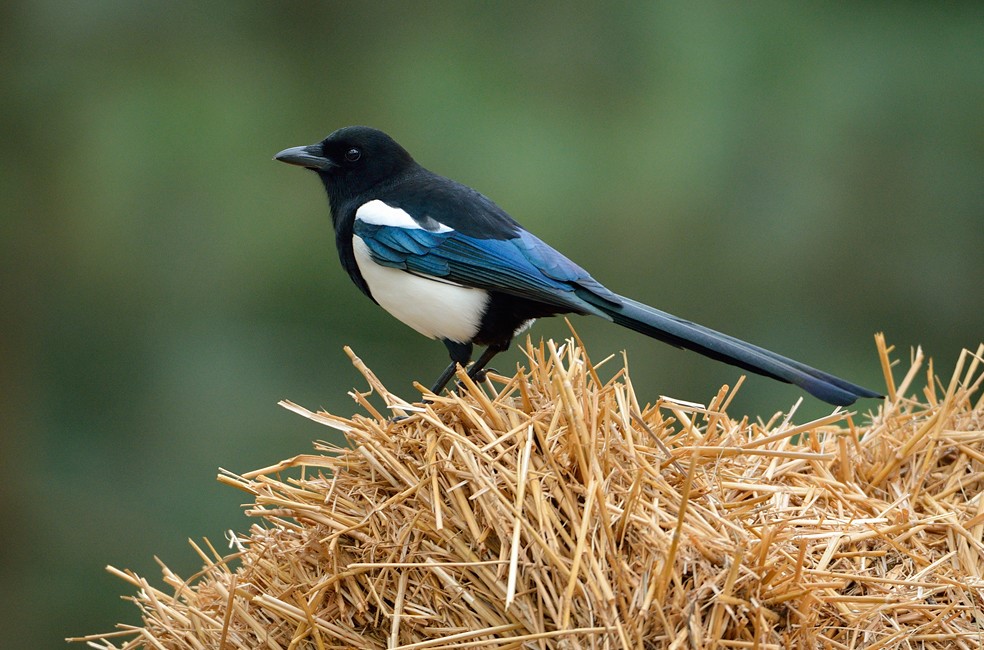
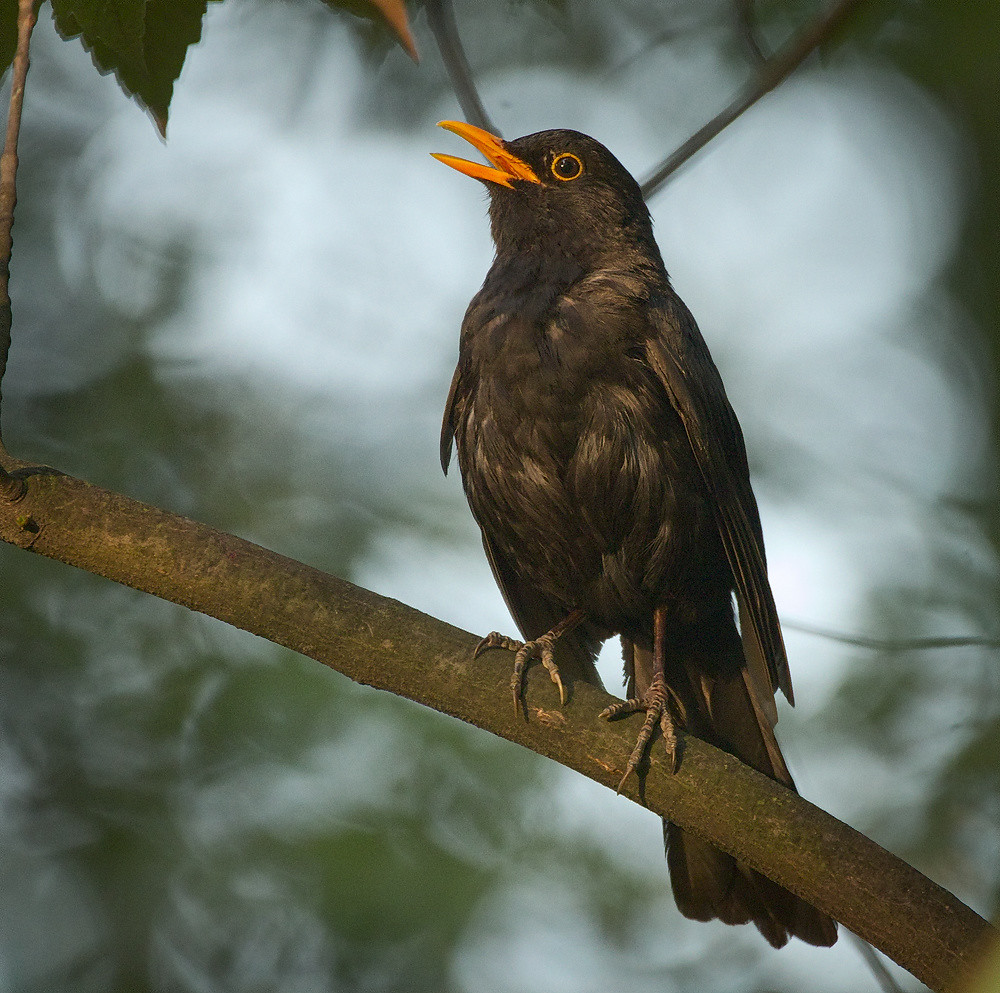
Marsh Warblers and Reed-Warblers have a rather demanding voice and remind of a excursion to a lake. The Western Greenfinch may be recognized by its consistenly high vocals. Well hidden in the tree, it is very well to hear. The Blackcap sings an extra trill and belongs to the most beautiful bird voices. Among the raptors the Eurasian Buzzard is not only the most common species, but with this comparison to a moaning cat or a hungry baby most easy to recognize.
Whatever comparisons you draw it is your tool to memorize bird voices. No other person has to understand this as it just should help you with learning. Everybody has its own living and noise environment, in which he or she may relate the voices. In this sense: rock and chirp on! Have fun with the bird concert when you will recognize single voices before you might see them! And who knows, perhaps you will chirp different bird voices yourself in future.

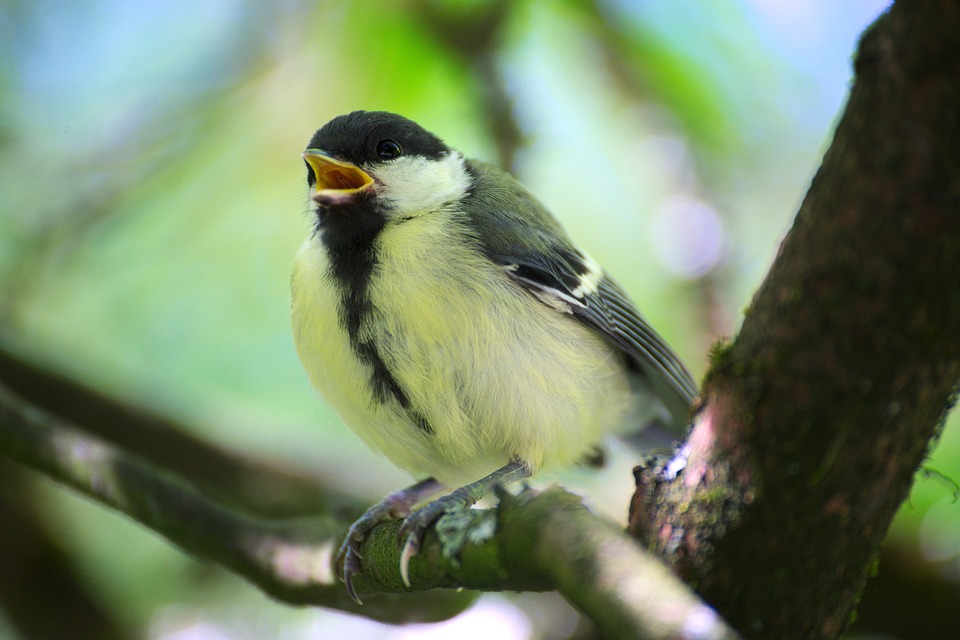
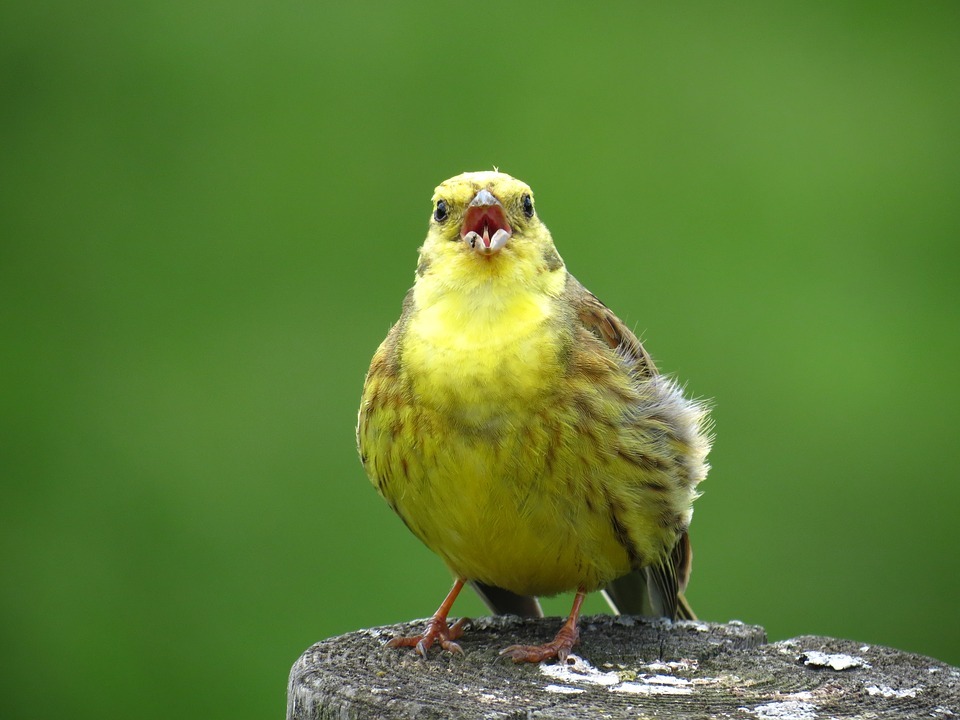

About Post Author
Visits on this Page:2761